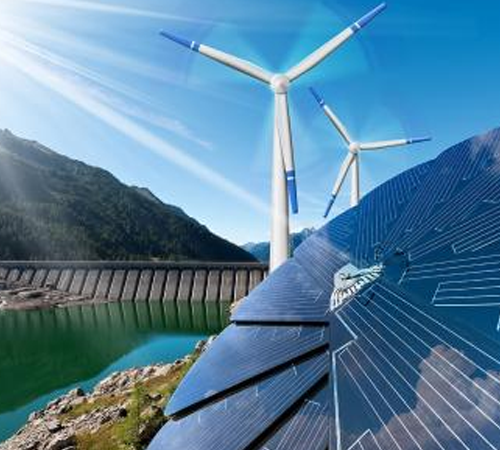
Pakistan’s Alternative and Renewable Energy (ARE) Policy 2020
On August 12, 2020, the then Government of Pakistan announced the Alternative and Renewable Energy (ARE) Policy 2020. The aim of the policy was to increase the share of ARE in total power supply to 20% by 2025 and 30% by 2030 from about 5% in 2020. This was to be achieved through offering generous tax facilities to investors and promising induction of power plants on open competitive bidding for lowest tariff and technology transfer. The five key features of the policy are as follows:
- Investment would be solicited on competitive bid for lowest cost instead of upfront or costplus based tariff as was under all previous power policies.
- The federal government would decide on annual and three-year basis about the quantity of additional power requirement instead of federating units and steering committee deciding the requirement.
- The currency devaluation factor would be taken care of in bids for tariff.
- The policy will provide incentives for technology transfer for local manufacturing of solar panels, wind turbines and all related equipment for job creation.
- The bidding would be based on two to three-year forward-looking energy requirements and on take and pay basis without allowing capacity payment price to ensure that tariff is paid only for the electricity purchased and not for capacity availability.

The Promise of Alternative Energy
Alternative energy sources, such as solar, wind, hydroelectric, and biomass, offer a way out of this energy predicament as envisioned under ARE Policy. These sources provide a range of benefits that align with Pakistan’s unique geographical and climatic conditions.
- Solar Energy: Pakistan boasts abundant sunlight throughout the year, making solar energy a viable option. Large-scale solar farms and rooftop solar installations can significantly augment the energy supply. By harnessing solar power, Pakistan can reduce its dependence on imported fossil fuels and minimize carbon emissions.
- Wind Energy: The coastal areas of Pakistan, particularly in Sindh and Baluchistan, have substantial wind energy potential. Installing wind turbines can provide a steady source of clean electricity. Wind power can diversify the energy mix, reducing the strain on conventional sources and promoting sustainability.
- Hydroelectric Energy: Pakistan’s geography is characterized by rivers and water bodies. Developing hydroelectric power plants can not only generate substantial electricity but also regulate water flow for irrigation and flood control. This approach addresses both energy and water management challenges.
- Biomass Energy: Agricultural residues and organic waste can be converted into biofuels and biogas. This not only helps manage waste but also generates renewable energy. Promoting biomass energy can provide additional benefits to rural communities by creating local employment opportunities.
- Geothermal Energy: Although largely untapped, Pakistan has significant geothermal potential, particularly in regions with active tectonic activity. Geothermal energy can provide a stable and continuous source of power, reducing the reliance on intermittent renewable sources.

Benefits and Challenges of Alternative Energy Adoption Benefits:
- Sustainability: Alternative energy sources are renewable and do not deplete over time, ensuring a long-term and sustainable energy supply.
- Reduced Environmental Impact: Unlike fossil fuels, alternative energy sources produce little to no greenhouse gas emissions, mitigating climate change and improving air quality.
- Energy Independence: Relying on domestic renewable resources can decrease dependence on imported fossil fuels, enhancing energy security and reducing the impact of global oil price fluctuations.
- Employment Opportunities: The transition to alternative energy requires skilled labour for installation, operation, and maintenance, potentially creating jobs and stimulating economic growth.

Challenges:
- Initial Costs: The upfront investment required for infrastructure and technology can be substantial, deterring immediate adoption.
Intermittency: Some alternative sources, such as solar and wind, are intermittent, requiring efficient energy storage solutions to ensure continuous supply.
Maryam Jilani, “Exploring Pakistan’s Energy Sector: Sources and Trends,” Paradigm Shift, May 3, 2023, https://www.paradigmshift.com.pk/pakistan–energy–sector/
